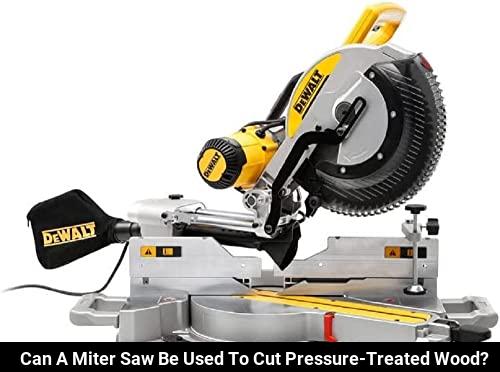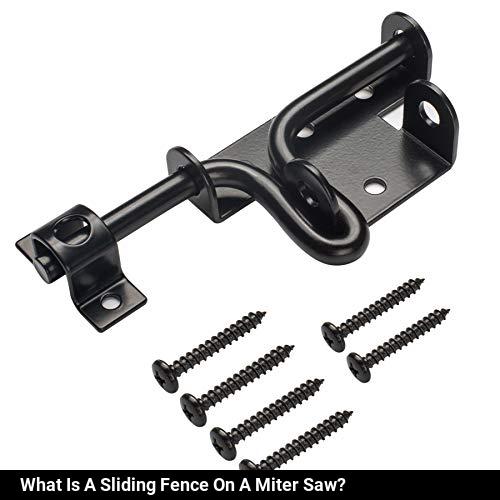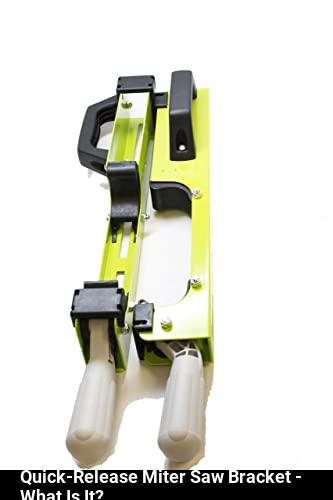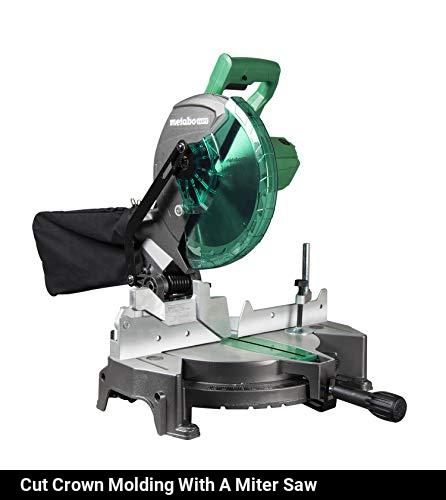Beautiful Plants For Your Interior
Beautiful Plants For Your Interior


Miter saw.

Blade stabilizer

Miter saw (or Aluminum cutting)

Quick-Release Blade Guard

Miter saw brushes.

Sliding Fence.

Miter saw for flooring.

A quick-release miter saw bracket is a tool attachment that allows you to quickly and easily mount your miter saw on a surface or table. It provides stability and support so that you can make accurate cuts.

Yes, a miter saw can be used to cut crown molding. It is an ideal tool for making angled cuts, which are usually required when installing crown molding.

A hold-down clamp on a miter saw is a device that secures the material in place while the saw is in use. It helps to provide a safe and accurate cut.